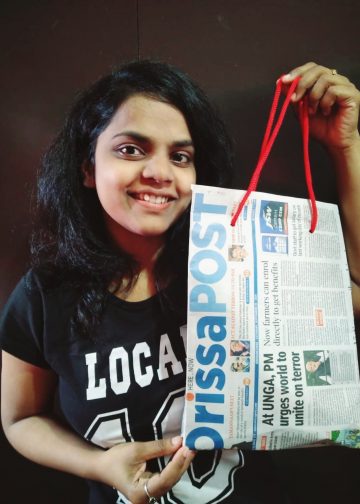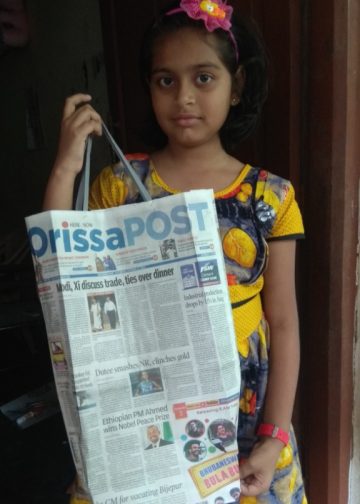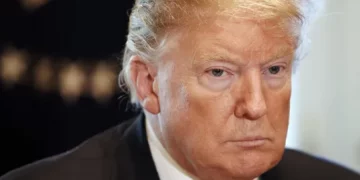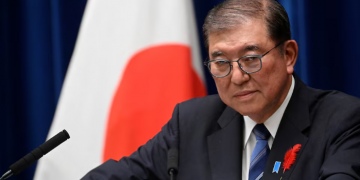London: Qatar’s tensions with its neighbours are making world markets edgy about any hint of financial instability among the Gulf economies, whose vast store of petrodollar savings permeate global investments.
The diplomatic spat — in which a number of Gulf states cut links with Qatar over alleged support for terrorism, which Doha denies — comes as U.S. and European central banks are already fuelling a rise in global borrowing costs by preparing to unwind years of super-easy credit.
Any petrodollar repatriation by Gulf states in a deeper crisis could exacerbate financial strains.
The concern stems from long-standing Gulf currency pegs. Qatar has already battled to steady the riyal’s fixed exchange rate to the dollar; investors now fear a prolonged crisis could spread to pegs in Saudi Arabia, Kuwait, United Arab Emirates, Bahrain and Oman.
Gulf governments are adamant they will hold the pegs and with collective sovereign assets approaching $3 trillion in Kuwait, Saudi Arabia, Qatar and the United Arab Emirates they have the resources to do so.
But much of that buffer is held overseas.
“The (Gulf) stand-off can last for years,” said Abhishek Kumar, emerging debt specialist with State Street Global Investments. “They own prime properties around the world as well as undisclosed amounts of liquid assets — bonds and equities — so if they need to sell, the impact is going to be felt.”
Such concerns arose in 2014, when plunging oil prices caused the first net withdrawal of petrodollars from markets in 18 years, according to a BNP Paribas report at the time.
Gulf countries have easily fended off past episodes of peg pressure such as during the 2009 Dubai crisis and in early-2016 when oil prices hit $27 a barrel. And so far, pressure has been confined to Qatar.
But the Qatar row is just one hurdle for regional governments. They face a bleak oil price outlook, as well as a firmer dollar and U.S. rate rises which, though the pegs, are stymying their bid for economic diversification.
“The (Gulf) pegs are going to be challenged,” said Michael Cirami, head of emerging debt at Eaton Vance. “Does it matter? It should matter if you have investments in the region.”
Hurdles
The biggest problem for Gulf watchers is pinpointing the true extent and location of the overseas wealth, with high-profile holdings such as Qatar’s Volkswagen stake or Saudi investments into Uber just the tip of the iceberg.
What is known from U.S. government data is that Gulf states own some $240 billion of Treasuries. Saudi Arabia is believed to hold the lion’s share of its central bank assets in dollar deposits, with Treasuries amounting to $126 billion.
How easily could Gulf states can swap overseas assets for hard cash if needed? Some is embedded in companies. But Fitch estimates just 10-20 percent of assets are illiquid, even in Qatar which has a big property portfolio.
The 2014 BNP Paribas report calculated that over a tenth of the petrodollars recycled the previous year went into stocks and bonds, while 20 percent made their way to direct equity stakes.
Of the remainder, at least half went to bank deposits and thereafter into loan markets, the note said.
“One should expect Gulf governments to sell liquid assets when they have to. I am sure the Qataris will be moving some of their less liquid assets into more liquid ones as a form of insurance, i.e. real estate into equities,” said Marcus Chenevix, a Middle East economist at consultancy TS Lombard. Reuters






































